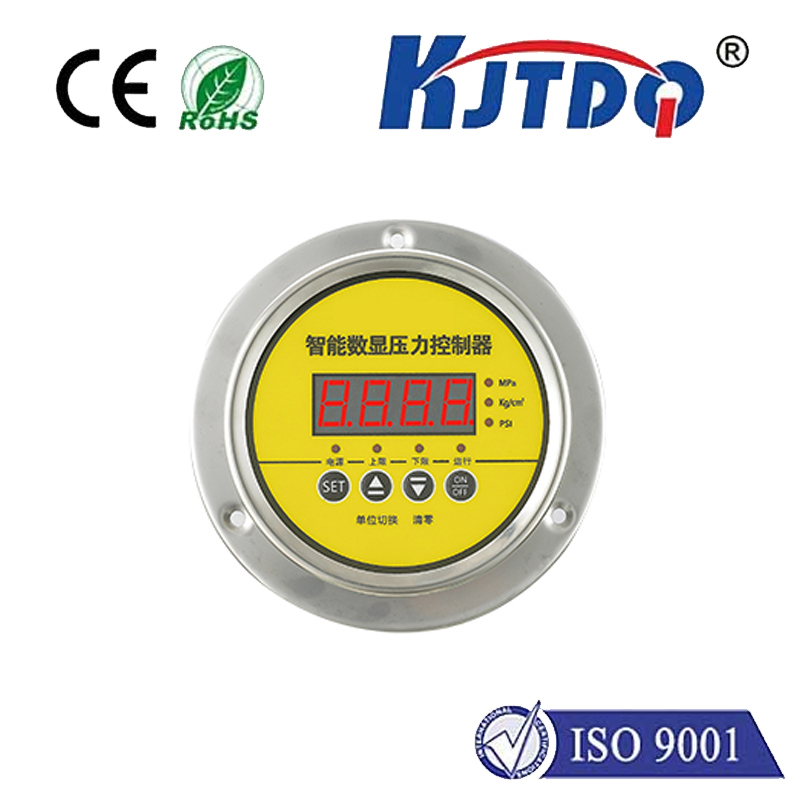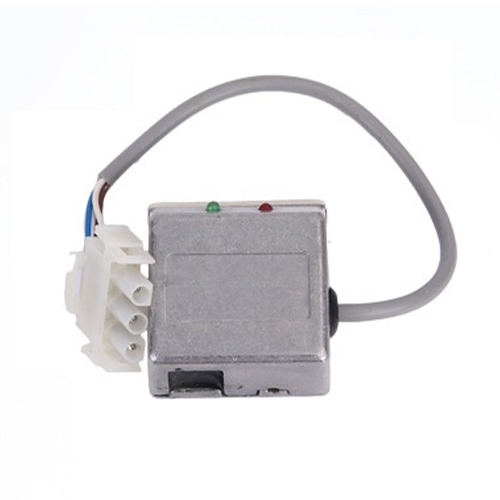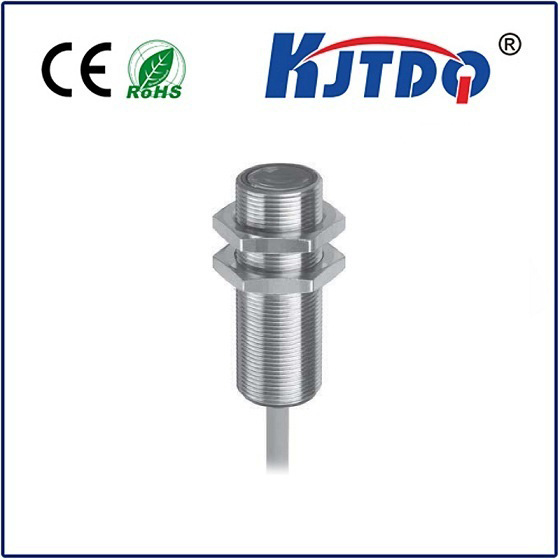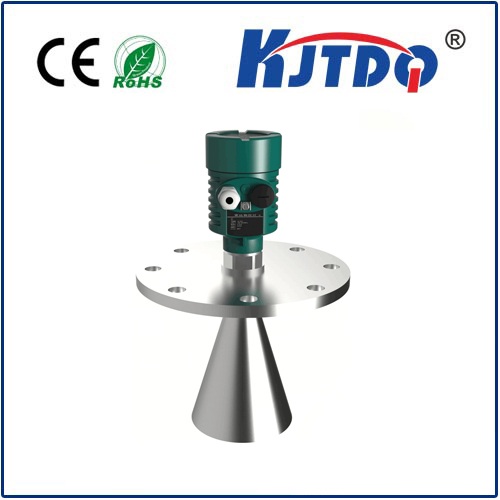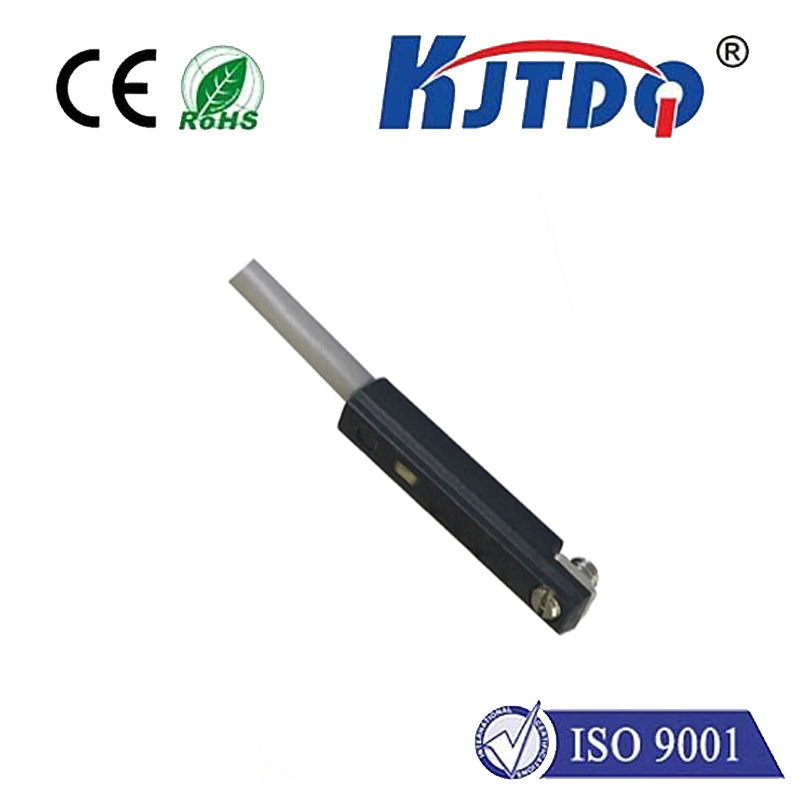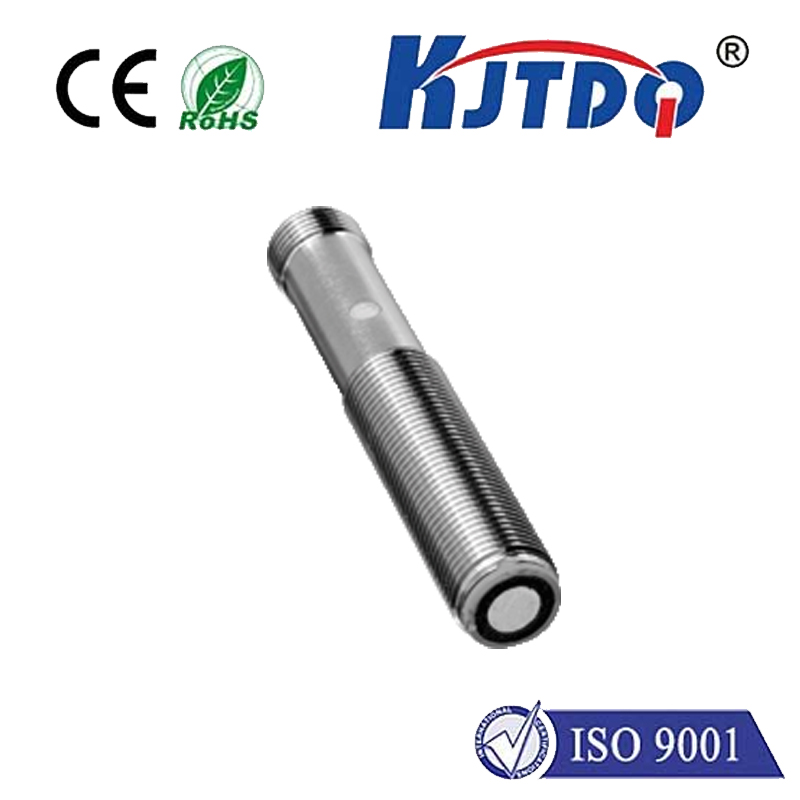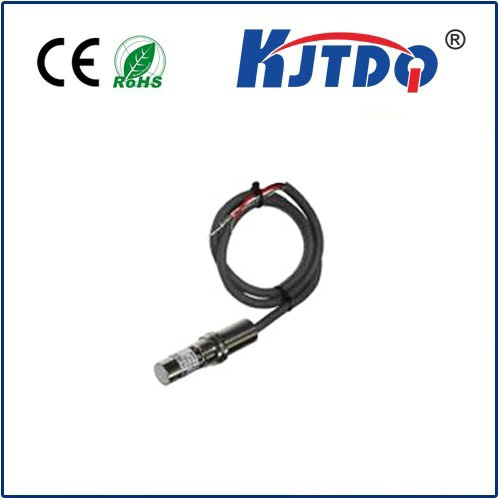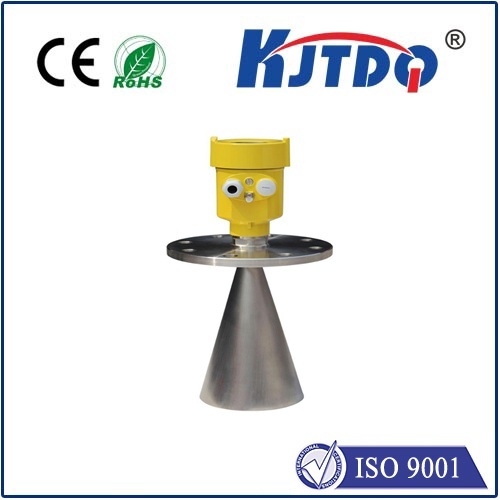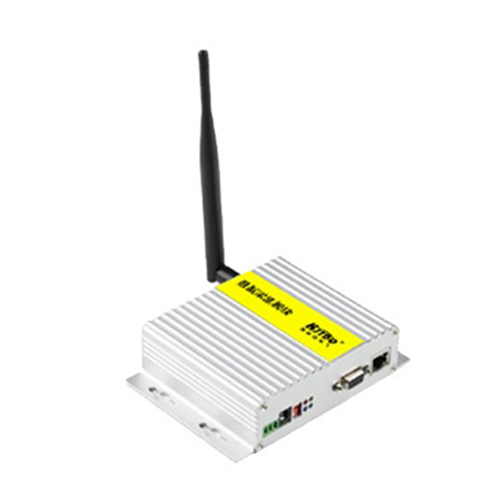

check

check

check

check

check

check

check

check

check

check
Title: Unlocking the Power of Pyroelectric Laser Energy Detection
The world of scientific research and innovation is constantly evolving, with new technologies emerging that were once thought impossible. One such technology is the pyroelectric laser energy detector, a groundbreaking device that has the potential to revolutionize the way we detect and measure energy. In this article, we will explore the intricacies of this remarkable device and how it can be used to unlock untold possibilities.
At its core, the pyroelectric laser energy detector is a device that harnesses the unique properties of pyroelectricity – the ability of certain materials to generate an electric voltage when heated by a light beam. This voltage can then be used to power a laser, which can be used to detect and measure various forms of energy, including light, sound, and electromagnetic radiation.

The principle behind the pyroelectric laser energy detector is simple: when a light beam hits a material that is specially designed to generate pyroelectricity, it heats up the material and causes it to produce an electric voltage. This voltage can then be measured and used to power a laser, which can be used to detect and measure other forms of energy.
One of the key advantages of the pyroelectric laser energy detector is its versatility. Because it can detect and measure a wide range of forms of energy, it has numerous practical applications in fields such as telecommunications, medical imaging, and environmental monitoring. For example, it could be used to detect and measure the energy emitted by cells in tissue samples, allowing researchers to better understand how cells function and identify potential health risks.
Another advantage of the pyroelectric laser energy detector is its low cost and simplicity. Unlike traditional energy detection devices, which often require complex equipment and specialized knowledge, the pyroelectric laser energy detector is relatively straightforward to use and does not require any special training or expertise.
Despite these advantages, there are still some challenges that need to be overcome before the pyroelectric laser energy detector can be widely adopted. For example, current versions of the device are relatively slow and inefficient, making them unsuitable for high-speed or high-precision measurements. Furthermore, the materials required to generate pyroelectricity are not yet widely available, which could limit the development of practical applications.
However, despite these challenges, the future looks bright for the pyroelectric laser energy detector. As scientists continue to refine and improve the technology, we can expect to see new and innovative applications emerge in fields ranging from medicine to telecommunications. With its unique combination of flexibility, simplicity, and power, it is clear that the pyroelectric laser energy detector is poised to play a significant role in shaping the future of scientific research and innovation.
